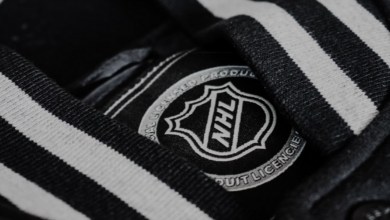Throwback Thursdays – The Arenas/St. Pats
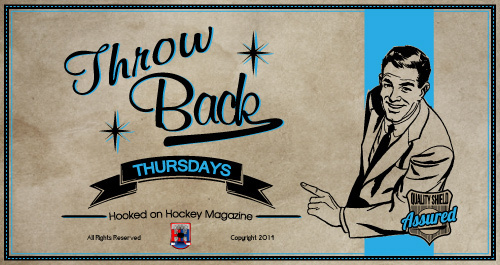
As most of you know we started a quest last week to see how the historic Leafs franchise from Toronto almost moved their franchise to Philadelphia immediately after the Toronto St. Pats period. The first part of the adventure tells the story of Ed Livingstone, who singlehandedly caused the fall of the NHA and the rise of the NHL, can be found if you click here.
The second part of the story briefly covers the Toronto Arenas/St. Pats era, before next week’s finale about a close call regarding a sale and move to Philadelphia, and a horse race bet that bought the league’s best defenceman and solidified a franchise.
So after our brief history of the Toronto Professional Hockey Club and the Eddie Livingstone era as the Toronto Blueshirts (or just the Torontos), we are left with the Toronto Arenas in the newly-minted National Hockey League.

Because of the forceful closure of the NHA and the subsquent lease (lease being a loose term, a formal agreement was never reached and Livingstone was never compensated) of the Blueshirts to the Toronto Arena Company, the Blueshirts were able to keep the majority of the roster intact – they even continued to play in the same jerseys as the previous year in the NHA. This led to a cohesive team and a spectacular run in the first ever NHL season, where they would finish first in the first NHL season, which came with the right to play the Vancouver Millionaires of the Pacific Coast Hockey Association (PCHA) for the Cup. The Torontos would win the playoff, thus becoming the first ever NHL team to win the Stanley Cup (and only the second ever winner from Toronto).
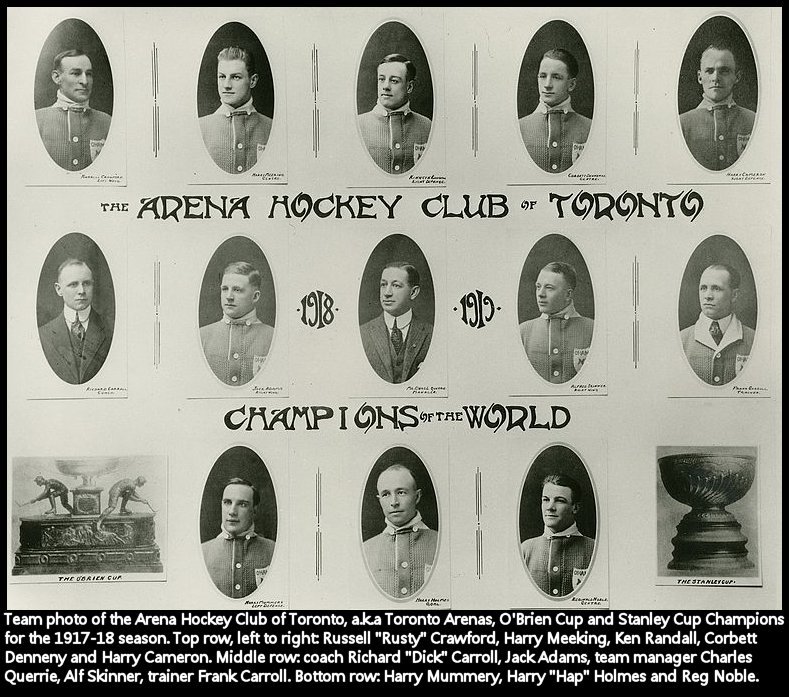
For some interesting history, the Cup Final was a five game series entirely played in Toronto at the Arena Gardens, the predecessor to Maple Leaf Gardens. Games one, three, and five were played with the home team NHL rules, and games two and four were played with the Millionaires PCHA rules. Each team won the games played with their respective league’s rules.
As an interesting side note the Blueshirts/Torontos were just city-wide nicknames and the franchise wasn’t even recognized as the “Arenas” until the following season when the Toronto Arena Company officially started their own, non-Livingstone leased franchise. The only reason the Cup is engraved with Arenas is because the team never had their names engraved due to a post-season lawsuit from Livingstone. When the NHL did decide to engrave that name on the Stanley Cup in 1948, 30 years after their championship season, the just put “Arenas” as one last shot at Livingstone.
The dispute with Livingstone is also why to this day the Leafs franchise history only goes back to the first NHL year, and the franchise does not recognize any of the pre-NHL history, even though it was basically the same team. The Leafs are the only team with NHA roots (Canadiens and Senators) that do not claim their NHA heritage.
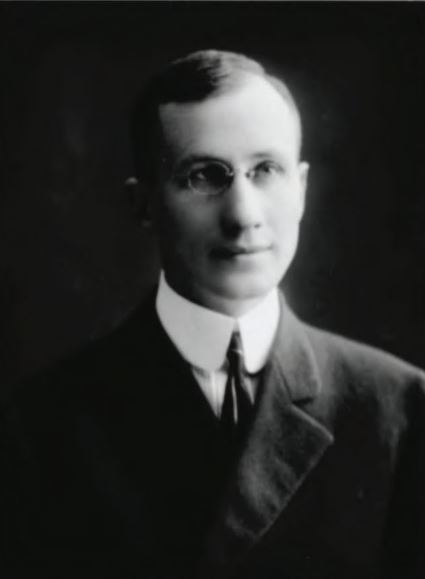
The following season would see the Arenas only claim five victories, before writing a letter to NHL President Frank Calder stating their intention to withdraw from the NHL due to lack of financial stability. Calder put the franchise up for sale and a group led by Charles Querrie would buy the Toronto franchise, renaming them the Toronto St. Patricks in the process. Querrie made this decision to try and entice some of the large Irish community in Toronto to come out and support the team. The incorporation date of the club was December 22, 1919.
The St. Pats would go onto have success in their early years, finding and developing stars such as Ace Bailey, Babe Dye and Hap Day, plus winning the second Cup in Leafs franchise history in 1922. This series was also played against the Millionaires in another five game series that Toronto clinched with a 5-1 performance in game five. Babe Dye led the Leafs with nine of the team’s 16 goals in the series, while John Ross Roach won three games as a rookie goalie, becoming the first rookie goalie in NHL history to post a shutout in the Finals, a 6-0 scrubbing of Vancouver in game four.

Unfortunately the winning wouldn’t last forever, and by the mid-20s the team had started to sink in the standings, including finishing below new teams like the Chicago Blackhawks. By 1926 the club even needed to sell Dye to Chicago in order to recuperate some funds from the season.
With low attendance and money bleeding out, Querrie decided to put the St. Pats up for sale, which is where the hero of this story (and the Leafs’s franchise), Conn Smythe, comes in.
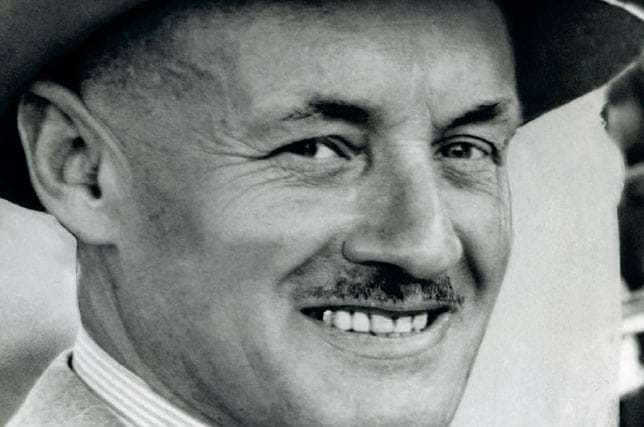
Stay tuned for next week’s article on Smythe and how the Leafs almost moved to Philadelphia.

